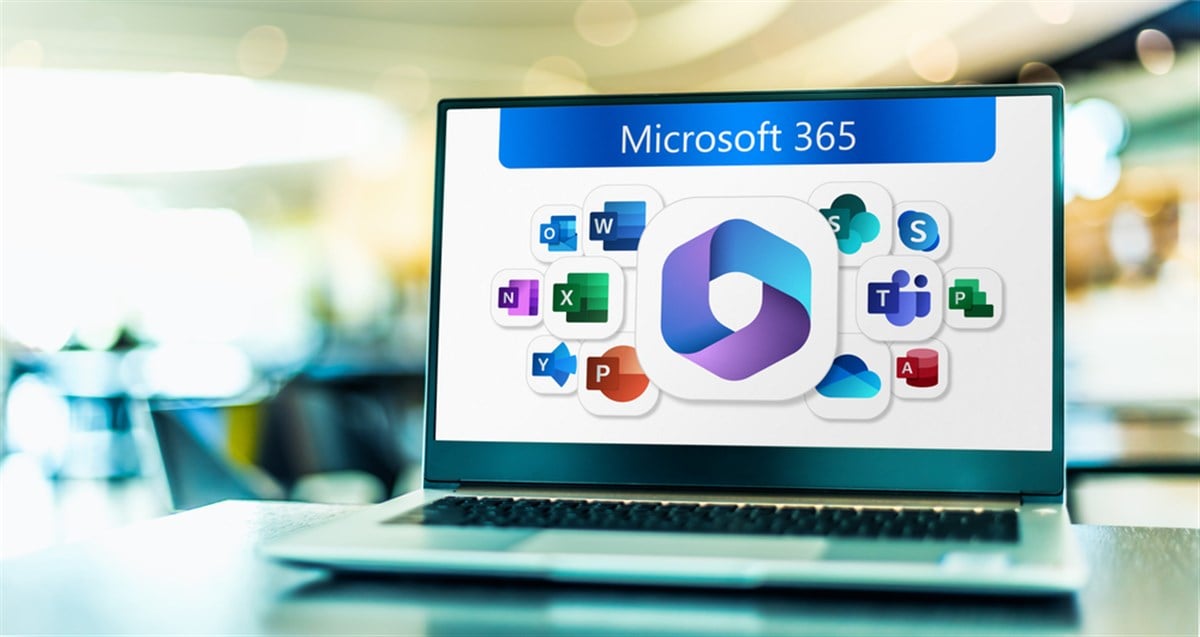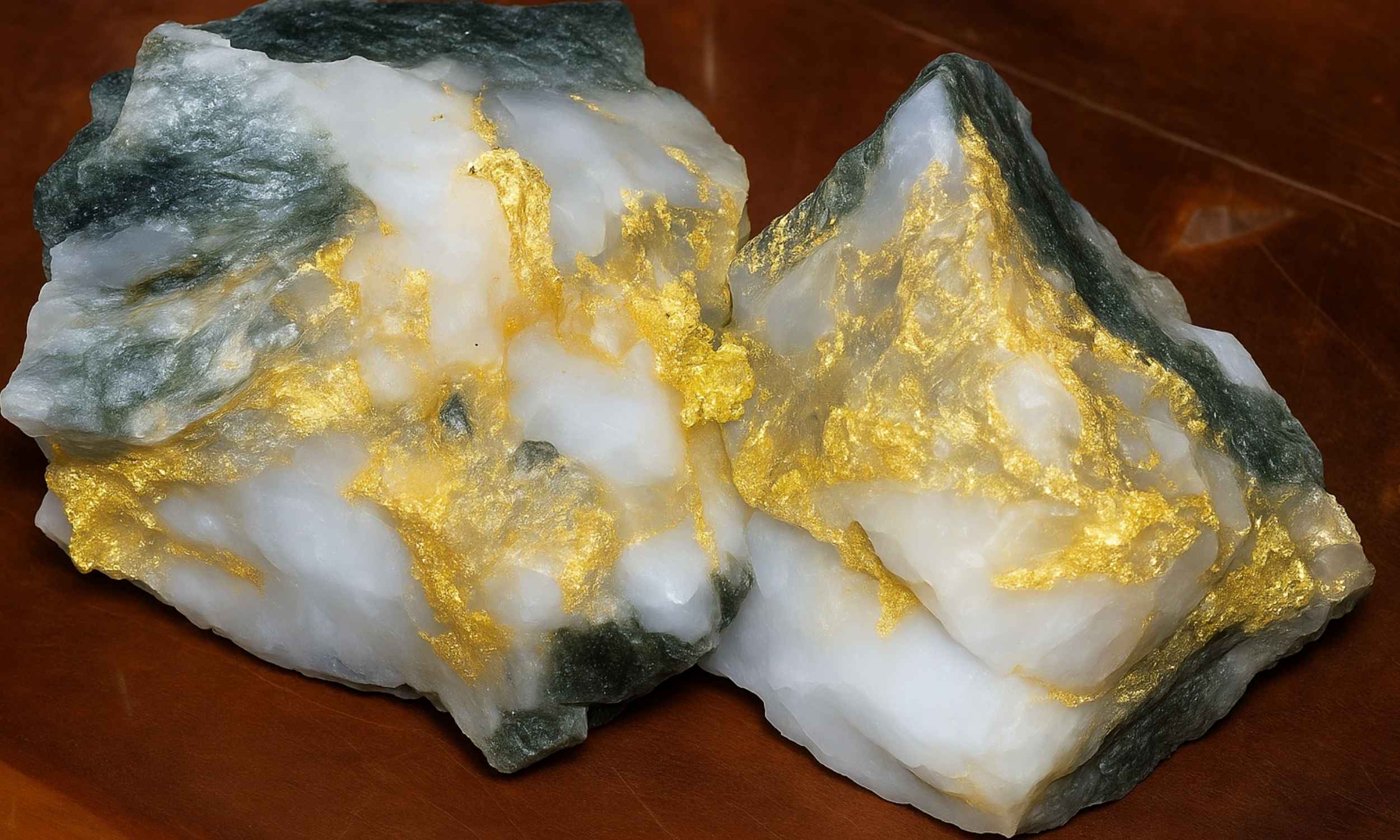The Moon Economy: Are We Ready to Cash In on Lunar Resources?

Did you know that we're on the brink of establishing a thriving economy on the Moon? As nations gear up for lunar exploration, the concepts of resource utilization and economic activity are about to take off like never before!
With the Artemis II mission set for February 2026, space agencies from Europe, the United States, Japan, and Canada are eyeing the lunar surface not just as a destination, but as a potential goldmine of resources. This isn’t just about landing on the Moon; it’s about creating a permanent lunar base camp and possibly even paving the way for human life on our celestial neighbor.
Enter the “Moon economy” — a bold new frontier projected to be worth approximately $170 billion (€145 billion) over the next two decades. This concept isn't just pie-in-the-sky dreaming; it’s a tangible vision where industries flourish on the Moon, from mining operations to logistics that eliminate the need for frequent trips back to Earth.
But what exactly does this mean for humanity? According to the US Defense Advanced Research Projects Agency (DARPA), the Moon's economy could thrive with support from governments, space agencies, and private enterprises. Industries focused on communications, navigation, and logistics will be key to facilitating extensive space exploration missions.
Mining operations are expected to be at the heart of this lunar economy, leveraging resources like lunar regolith — the loose layer of rock on the Moon's surface. This regolith is not just a dusty nuisance; it contains oxygen and essential minerals that could support plant growth, according to the European Space Agency (ESA). This is crucial for long-term human settlements, enabling us to grow food instead of relying solely on supply ships from Earth.
Moreover, the Moon is rich in Helium-3, an element that holds enormous promise for producing clean nuclear energy through fusion. This element isn’t just confined to the realm of science fiction; it could revolutionize energy production on Earth too, impacting technologies like quantum computing and advanced medical imaging.
NASA has set an ambitious deadline to establish a fusion reactor on the Moon by 2030, while China and Russia are racing to build their own by 2035. This competition underscores the urgency and potential of lunar resource utilization as we push towards the stars.
But let’s not get ahead of ourselves. Despite these exciting prospects, significant hurdles remain. The Moon experiences long nights lasting around 14 Earth days, complicating solar power generation for mining and communications. Additionally, the fine lunar dust and molten regolith present challenges for miners working to extract vital resources.
The ESA has been exploring lunar mining since 2019, collaborating with ArianeGroup to strategize how to effectively harvest these lunar riches. The European Commission’s vision for a “European Space Economy” emphasizes research into scientific instruments and robotics for Moon mining efforts.
They are also focusing on the “orbital economy,” which includes satellite development and data storage in space, as well as the In-Space Operations and Services 4 Infrastructure (ISOS4I) mission. This initiative aims to pave the way for future missions, enabling everything from spacecraft refueling to resource extraction.
While the ISOS4I mission is set for a pilot launch in 2030, full operational capabilities won’t be realized until 2035, indicating that while we are making strides, the Moon economy is still a work in progress.
In summary, the Moon is not just a destination for exploration; it’s becoming a hotspot for economic activity that could change life as we know it. The moon economy is evolving, and as we prepare for Artemis II, we are taking our first steps toward an era of lunar resource utilization that promises to be as fascinating as it is game-changing.

























